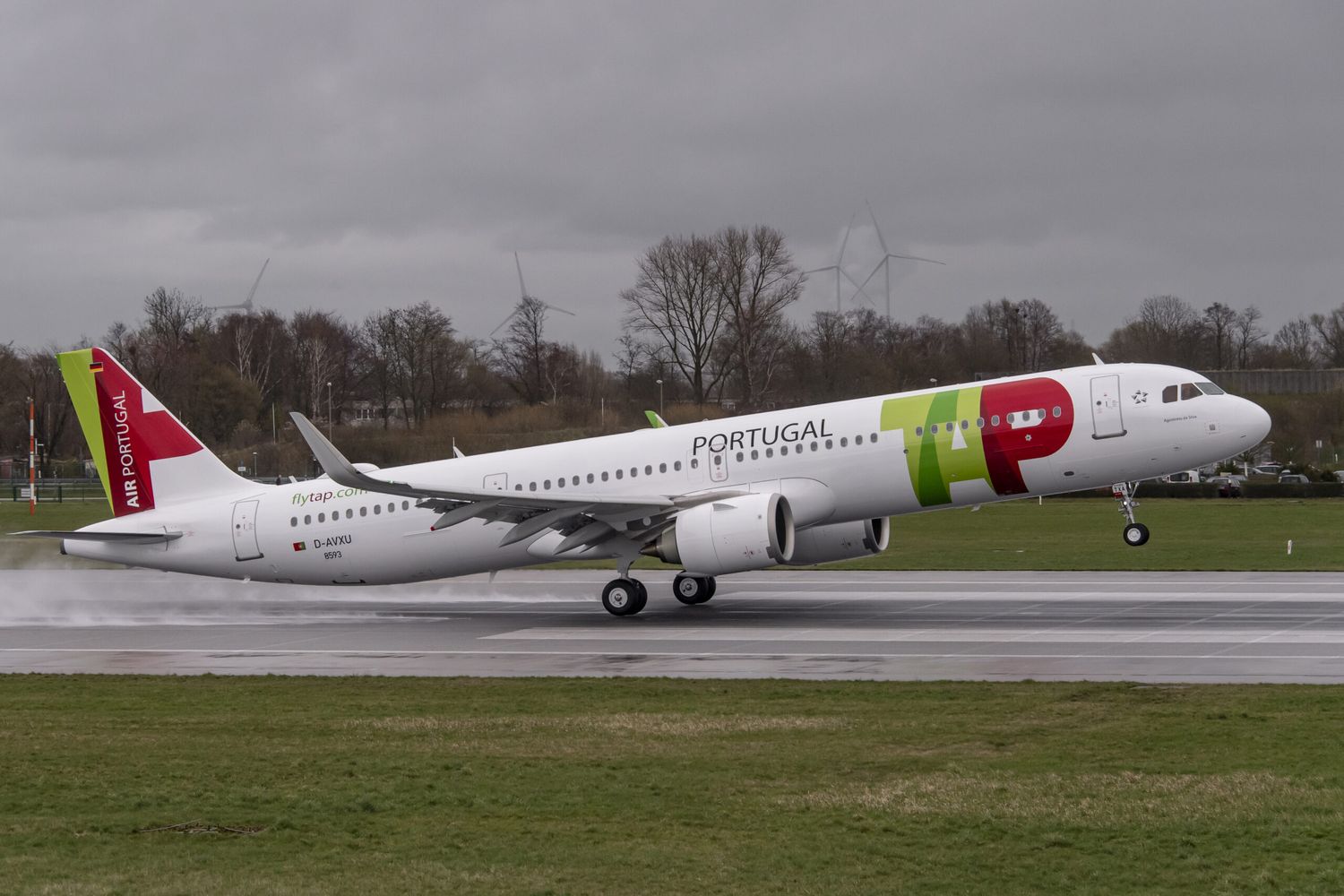The Council of Ministers of Portugal decided to locate the New Lisbon Airport in the Alcochete Firing Range and to temporarily maintain the Humberto Delgado Airport, increasing its capacity until the New Lisbon Airport (NAL) is operational.
The Government also decided to name the new airport after the poet Luís de Camões. The NAL will be the only airport in the region when it is fully built and operational, and it should be designed to expand (accommodating long-term demand), stimulating the economy and integrating with other accessibility projects.
The recommendations, aligned with the Concession Contract of Humberto Delgado Airport (LIS), are for a model with 2 runways (with a capacity for 90 to 95 movements per hour), and the possibility of expansion to 4 runways, for an estimated passenger traffic that may exceed 100 million by 2050.
Single airport
The option for a single airport allows mitigating the environmental and social impact in the Lisbon region, as the two-airport solution doubles the negative environmental effects and the single solution is located in areas with low population density. Lisbon is the second European capital with the most inhabitants exposed to aircraft noise.
This choice also allows accommodating TAP’s expansion plans, whose preliminary projections are for 190-250 aircraft by 2050.
The NAL will act as a catalyst for economic activity in the Arco Ribeirinho Sul area, due to the intermodality between the airport, railway, and road with access to Sines (developing the national logistics hub).
The Government concluded that the Alcochete Firing Range, previously used by the Portuguese Air Force for practical shooting with its aircraft, presents advantages over Vendas Novas as it is entirely located on public land (Vendas Novas requires expropriations, representing an additional burden), already has an Environmental Impact Statement (currently expired), is closer to the center of Lisbon (requiring less time and travel costs), and is closer to the main road and rail routes (allowing traffic to be removed from the center of Lisbon).
The total cost for two runways is €3.2 billion (first runway) and €2.8 billion (second runway), totaling €6 billion. The first runway should be built by 2030 and the second by 2031.
The Government is negotiating with the Concessionaire to shorten the deadlines for ANA to bid for the new airport, as provided for in the concession contract.
Humberto Delgado Airport
The second part of the decision is to promote the increase of capacity at LIS to reach 45 movements per hour and investments in terminals and accessibilities, according to the ANA concession contract.
LIS is in a situation of operational congestion, having been above the limits defined by the International Civil Aviation Organization (ICAO) since 2018.
The complexity of operations results in delays and low ratings in passenger service evaluations, with 3.5 out of 5 in the 2023 service quality questionnaire. Departure punctuality was 52.2% in 2022.
It is imperative to respond to the growing short-term demand, whose projections point to 39 million passengers by 2030.
Finally, the project is integrated with the High-Speed Rail Lines (LAV), allowing AHD to capture passengers from the underlying air routes and improve access to Francisco Sá Carneiro Airport as the preferred airport for passengers in the Central region.


Comentarios
Para comentar, debés estar registrado
Por favor, iniciá sesión